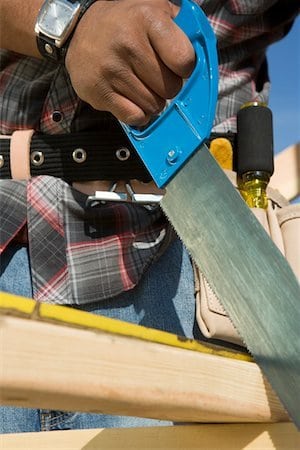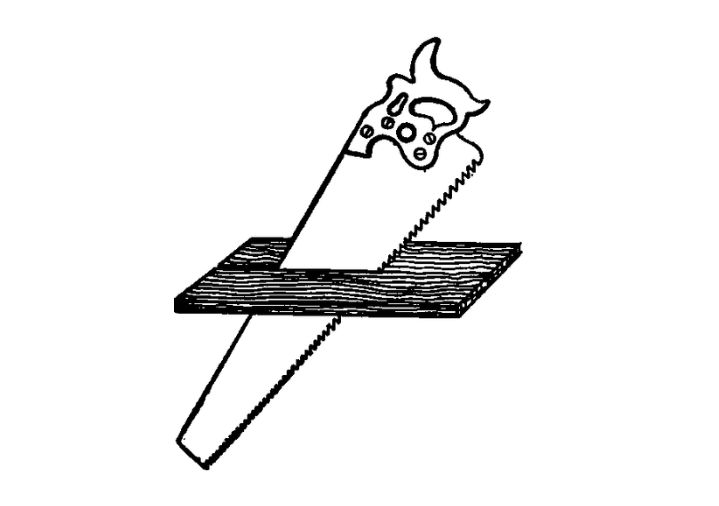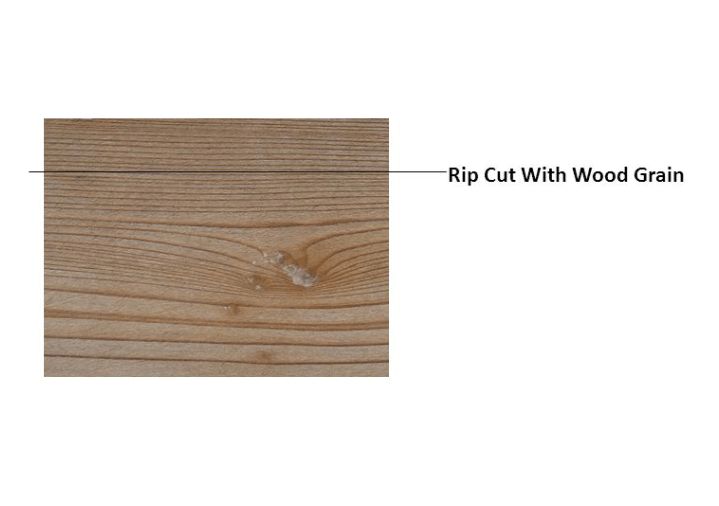Topic Content:
- Woodwork Cutting Tools
- Saws
- Straight Line Cutting Saws
- Back Saws
- Curve Cutting Saws
Woodwork cutting tools are tools for cutting out wooden shapes and patterns.
Examples of cutting tools are saws which we will discuss in this topic. Woodwork cutting tools also include cutting and paring tools like chisels, planes, scrapers and files, which we will discuss in the next topic.
Saws:
Saws are toothed metal tools that are used for cutting wood to measured sizes.

Types of Saws:
There are different types of saws and they fall under the following categories:
- Straight Line Cutting Saws
- Back Saws
- Curve Cutting Saws
a. Straight Line Cutting Saws:
These are saws used for cutting along or across grains of wood. Below are some examples;
i. Rip Saw:
This is a long, broad saw used for cutting. Rip saws are used to make straight cuts in lumber along (in the direction of) the grain of the wood.


You are viewing an excerpt of this Topic. Subscribe Now to get Full Access to ALL this Subject's Topics and Quizzes for this Term!
Click on the button "Subscribe Now" below for Full Access!
Subscribe Now
Note: If you have Already Subscribed and you are seeing this message, it means you are logged out. Please Log In using the Login Button Below to Carry on Studying!



Responses